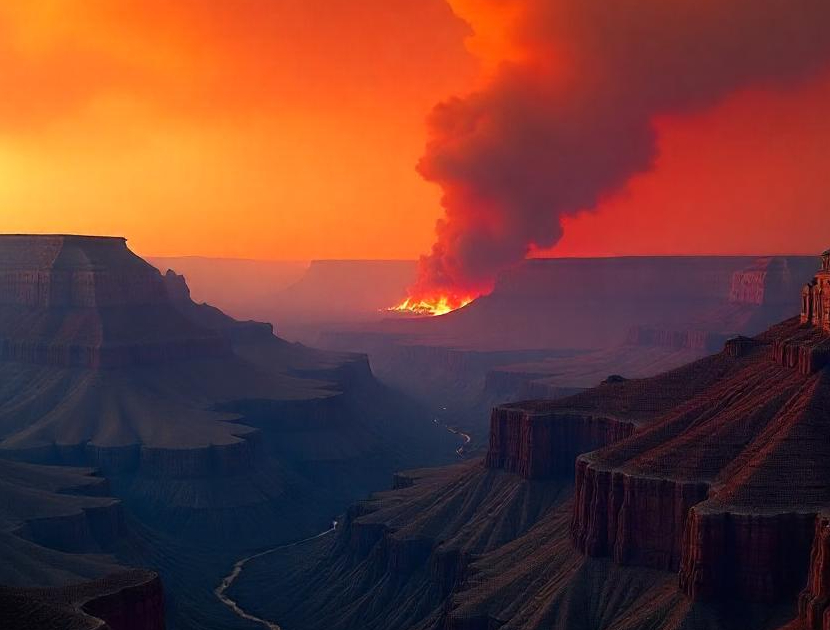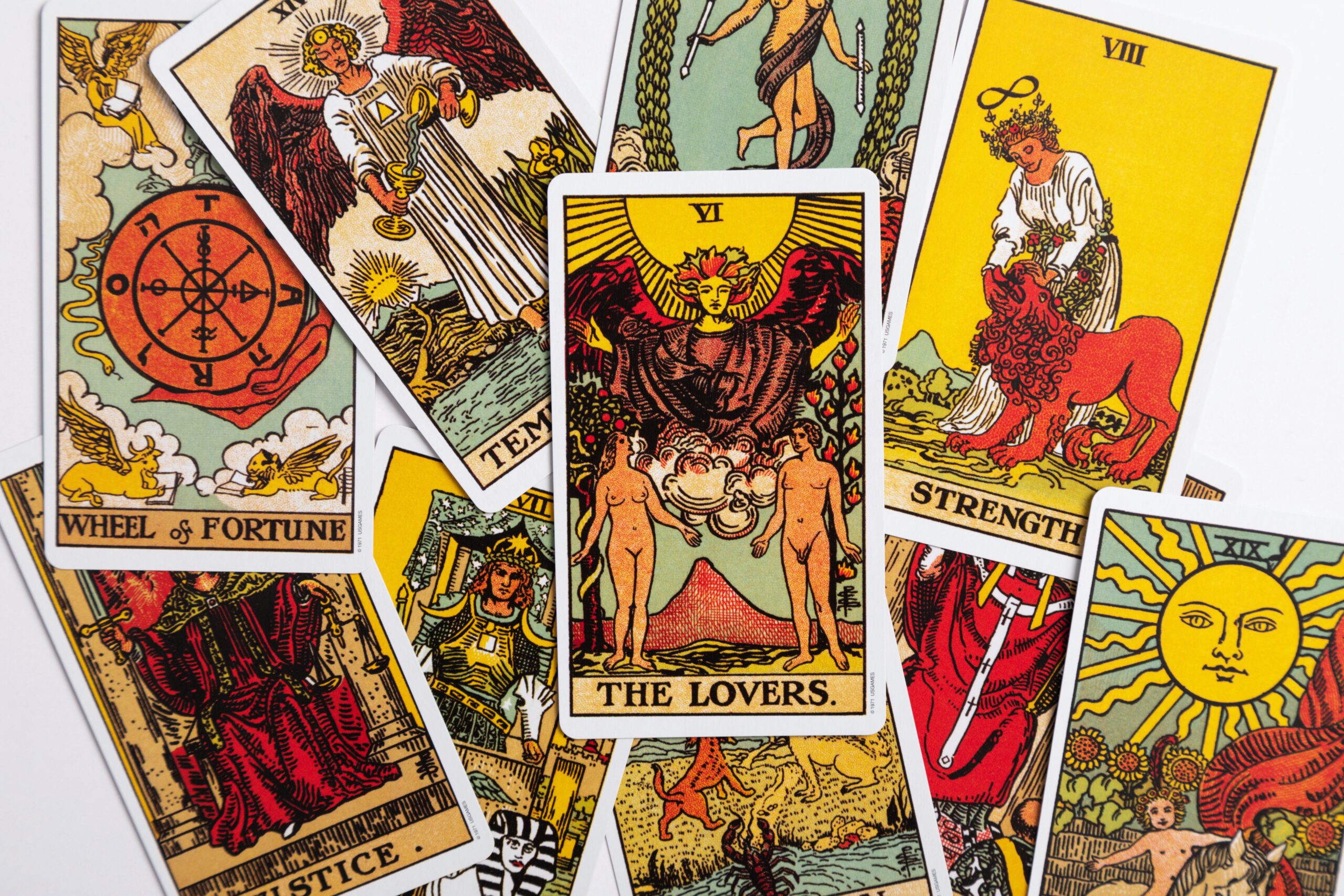Raging Wildfires Devastate Grand Canyon’s North Rim, Destroying Historic Lodge
A massive wildfire burning near the Grand Canyon has destroyed dozens of structures, including the iconic Grand Canyon Lodge — the only overnight accommodation on the North Rim of the national park. The historic lodge, which had welcomed visitors since the 1930s, was reduced to ashes as firefighters battled two major blazes sweeping through northern Arizona.
The infernos — named the Dragon Bravo Fire and the White Sage Fire — have collectively scorched tens of thousands of acres of land. Fueled by dry conditions and fierce winds reaching up to 40 mph (64 km/h), the flames rapidly engulfed parts of the Kaibab National Forest and surrounding areas, prompting widespread evacuations and the closure of the North Rim for the remainder of the 2025 tourist.
Standing at an elevation of approximately 8,000 feet (2,438 meters), the Grand Canyon Lodge was more than just a hotel — it was a landmark steeped in history. The rustic lodge featured dining halls, a gift shop, and a post office, offering visitors a tranquil and scenic escape with unmatched views of the canyon. Operated by hospitality company Aramark, the lodge had long been a treasured part of the Grand Canyon experience.
“As stewards of some of our country’s most beloved national treasures, we are devastated by the loss of the Grand Canyon Lodge,” Aramark said in a statement. “We are grateful that all of our employees and guests were safely evacuated.”
Fortunately, no injuries have been reported so far. However, preliminary assessments by the National Park Service (NPS) estimate that between 50 and 80 buildings have been destroyed by the Dragon Bravo Fire alone — including critical administrative offices and visitor support facilities.
Adding to the challenges, firefighters were briefly forced to retreat from certain areas due to a chlorine gas leak at a nearby water treatment facility. The NPS warned that chlorine gas, being heavier than air, can accumulate in low-lying areas, posing serious health risks to both first responders and hikers.
The second wildfire, the White Sage Fire, has already consumed over 40,000 acres of the Kaibab National Forest, displacing hundreds of residents and tourists in the region.
According to the National Park Service, lightning strikes are the suspected cause behind both fires — a reminder of the increasing wildfire risks fueled by prolonged droughts and extreme weather patterns in the American Southwest.
In 2024, the Grand Canyon drew nearly five million visitors, solidifying its place as one of the most-visited national parks in the United States. While the South Rim remains open, the loss of the North Rim’s historic charm and infrastructure marks a significant cultural and environmental blow to the park and its visitors.



